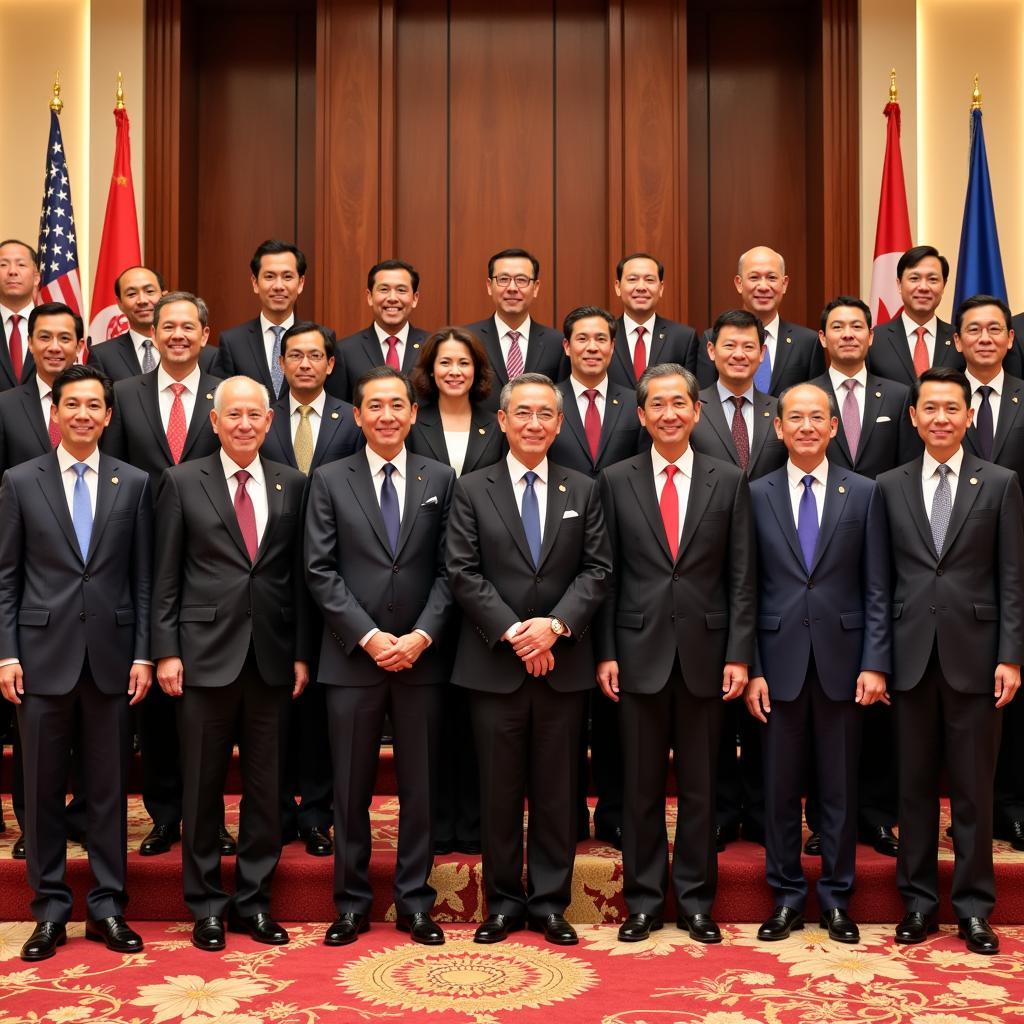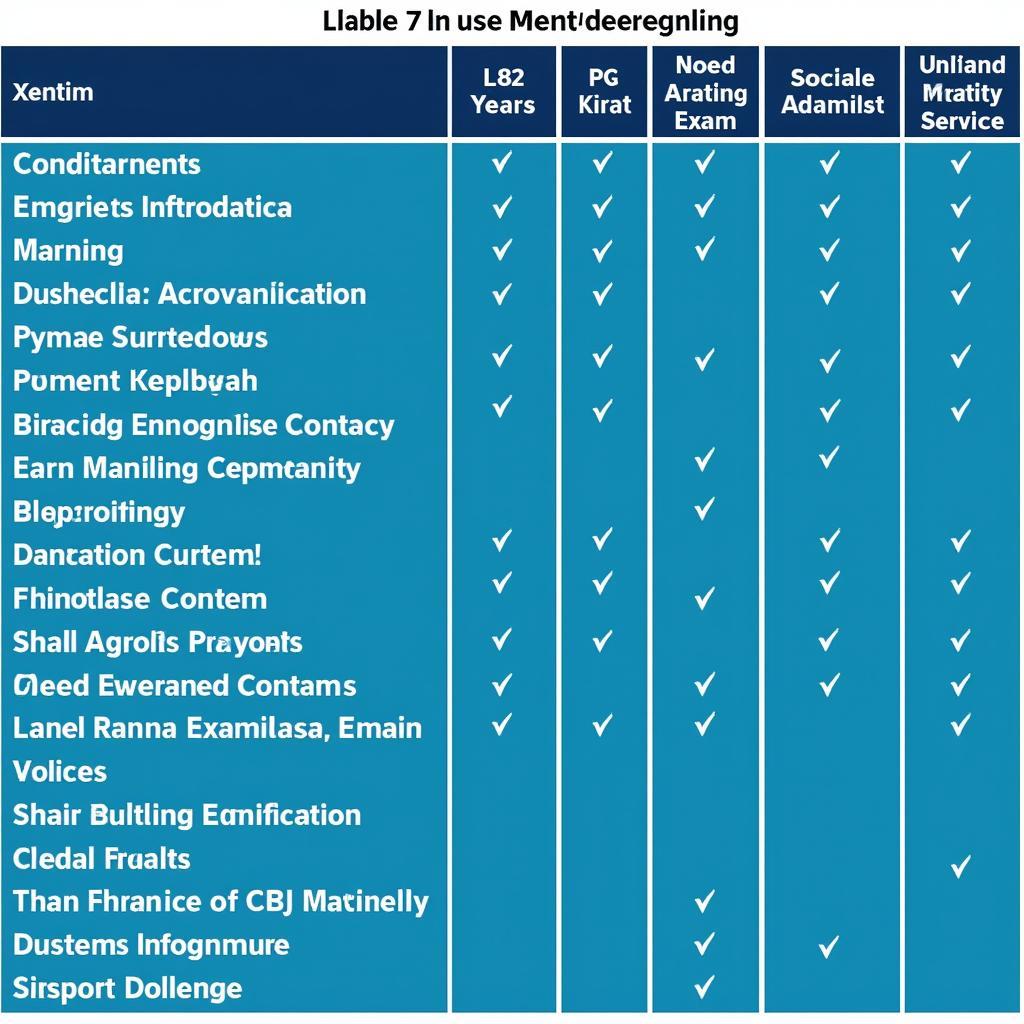The term “ASEAN version” often pops up when discussing various aspects of Southeast Asian culture, products, and even policies. But what does it truly signify? This article delves into the meaning and implications of this phrase, exploring its nuances and relevance in a globalized world.
The Multifaceted Nature of “ASEAN Version”
The concept of an “ASEAN version” acknowledges the distinct characteristics that set Southeast Asia apart. It’s not about a singular, monolithic identity but rather a tapestry woven from the rich diversity of its constituent nations. This unique blend shapes how the region interacts with global trends, adapting and reinterpreting them through a Southeast Asian lens.
Cultural Adaptations: A Fusion of Influences
One prominent manifestation of the “ASEAN version” lies in cultural adaptations. Take, for instance, the global phenomenon of K-pop. While immensely popular across Southeast Asia, it hasn’t been adopted wholesale. Instead, local artists and audiences have infused their own cultural nuances, resulting in a unique blend that resonates deeply with the local context.
 K-Pop Concert in Jakarta
K-Pop Concert in Jakarta
This pattern of adaptation extends beyond music, permeating various aspects of life, from fashion and cuisine to social media trends. The “ASEAN version” signifies an active process of cultural interpretation and integration, where global influences are absorbed and reshaped to create something new and distinctly Southeast Asian.
Balancing Global Trends with Local Sensibilities
The “ASEAN version” also reflects a conscious effort to balance global trends with local sensitivities. This is particularly evident in how ASEAN nations approach sensitive issues like freedom of speech or LGBTQ+ rights. While acknowledging global standards, these nations often navigate these topics with a nuanced understanding of their own cultural and societal contexts.
 Street Food Vendor in Bangkok
Street Food Vendor in Bangkok
This delicate balancing act underscores the fact that the “ASEAN version” is not about isolation or resistance to globalization. It’s about forging a path that respects both global interconnectedness and local particularities, ensuring that Southeast Asia’s voice is heard and its values are upheld.
Economic Development: The ASEAN Way
The “ASEAN version” also finds expression in the region’s approach to economic development. While embracing free trade and foreign investment, ASEAN nations have consistently prioritized inclusive growth and regional cooperation. The ASEAN Economic Community (AEC), for instance, aims to create a single market and production base while narrowing the development gap among member states.
 ASEAN Economic Summit
ASEAN Economic Summit
This focus on regional integration and equitable growth distinguishes the “ASEAN version” of economic development. It’s a model that seeks to leverage globalization for shared prosperity, ensuring that all nations within the region can benefit from economic progress.
Challenges and Opportunities in a Globalized World
The “ASEAN version” presents both challenges and opportunities. On the one hand, navigating the complexities of globalization while preserving cultural identity requires careful consideration. On the other hand, this unique approach allows ASEAN to offer a fresh perspective on global issues, potentially shaping a more inclusive and equitable world order.
As Southeast Asia continues to evolve, so too will the “ASEAN version.” This dynamic concept reflects the region’s constant adaptation and reinvention, a testament to its resilience and capacity for innovation.
FAQs about the “ASEAN Version”
1. Is there a single definition of the “ASEAN version”?
No, the “ASEAN version” is a fluid concept that encompasses various interpretations and manifestations depending on the context.
2. Does the “ASEAN version” hinder globalization?
Not necessarily. The “ASEAN version” seeks to engage with globalization on its own terms, adapting and integrating global trends while preserving its distinct identity.
3. What are some examples of the “ASEAN version” in action?
Examples include cultural adaptations of global trends, nuanced approaches to sensitive issues, and a focus on inclusive economic growth through regional cooperation.
4. What are the challenges of maintaining the “ASEAN version”?
Balancing globalization with cultural preservation, addressing economic disparities within the region, and navigating geopolitical complexities are some of the challenges.
5. What are the potential benefits of the “ASEAN version”?
The “ASEAN version” offers a unique perspective on global issues, promotes cultural diversity, and fosters regional cooperation, potentially contributing to a more balanced and inclusive world.
Need More Information?
For further insights and assistance regarding ASEAN-related inquiries, reach out to us at:
Phone Number: 0369020373
Email: [email protected]
Address: Thon Ngoc Lien, Hiep Hoa, Bac Giang, Vietnam.
Our dedicated customer support team is available 24/7 to address your queries and provide comprehensive guidance. You can also find more information on our website:
- Explore the latest updates on ASEA power converters.
- Access valuable resources like the ASE prosthetic valve guidelines pdf.
- Prepare for your exams effectively with our Delmar ASE test prep materials.
- Discover competitive ASE Credit Union CD rates.
- Gain in-depth knowledge about the ASE T6 test and its significance.

